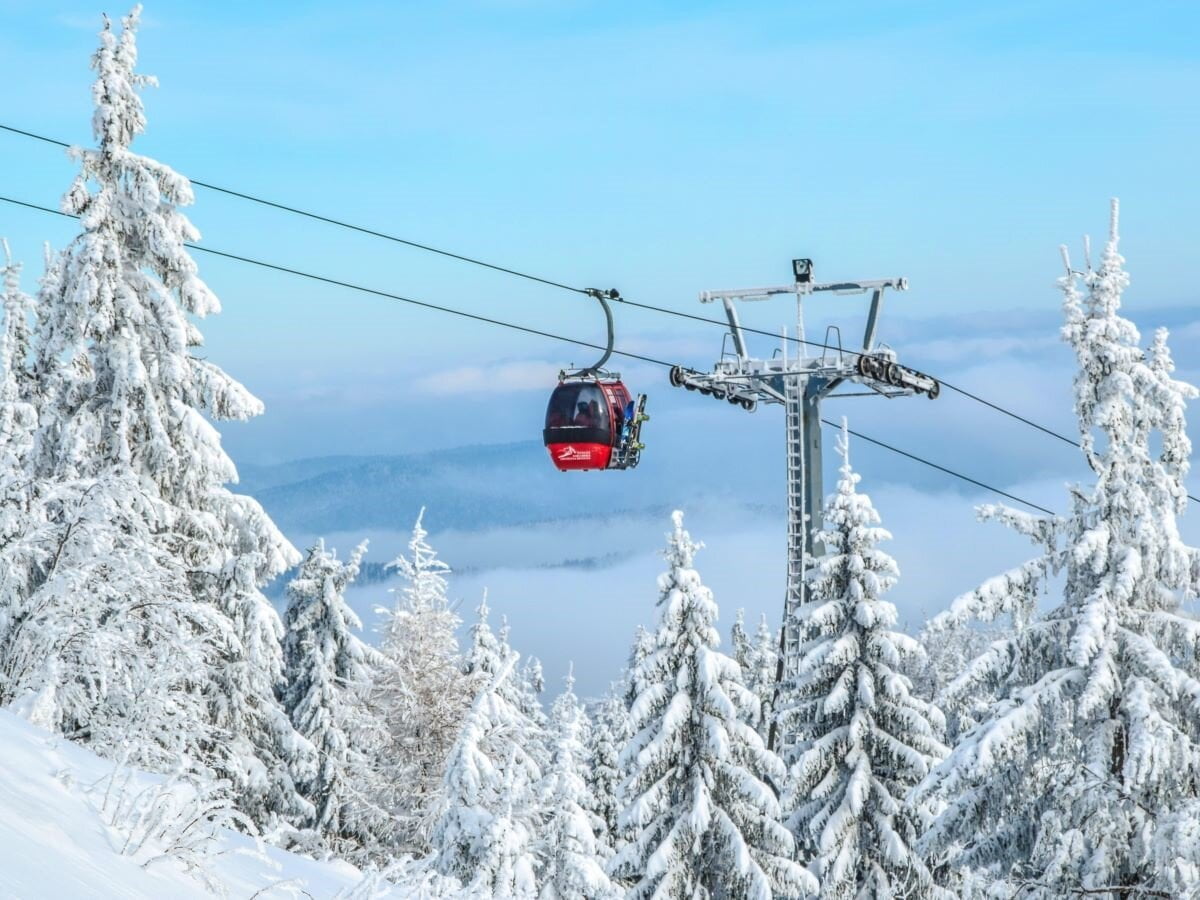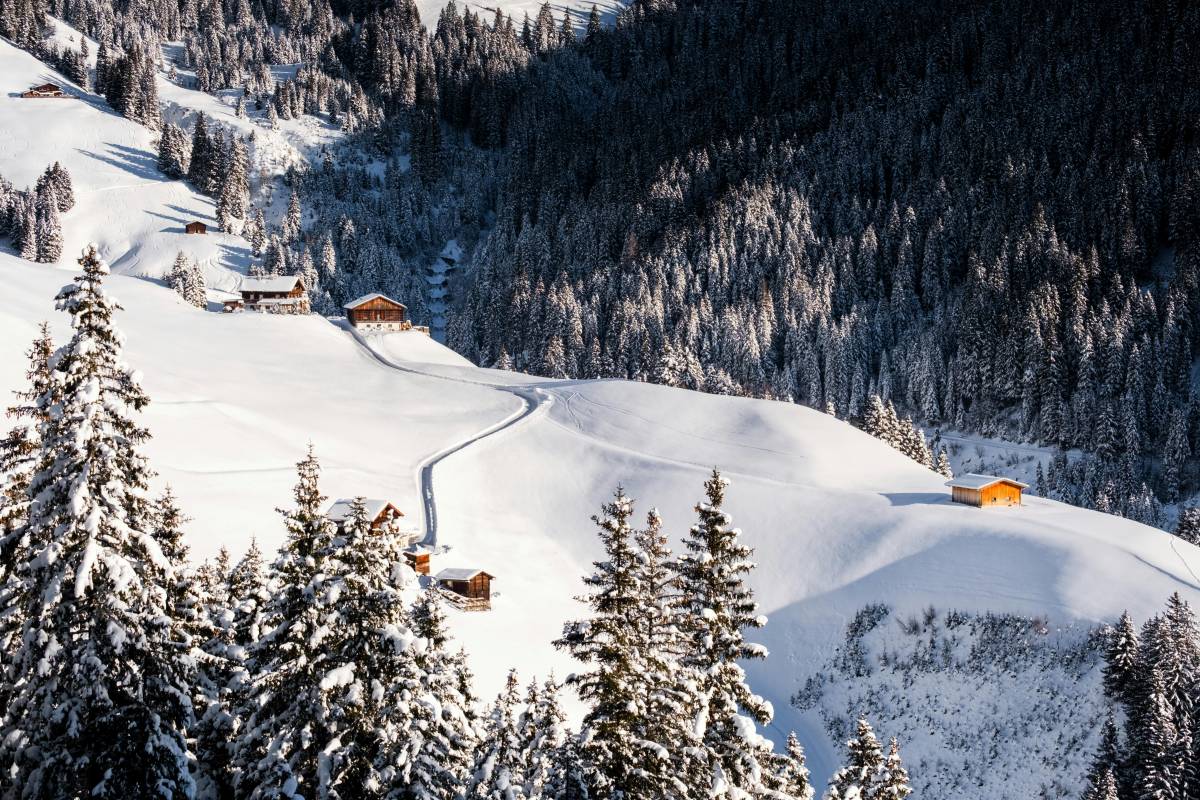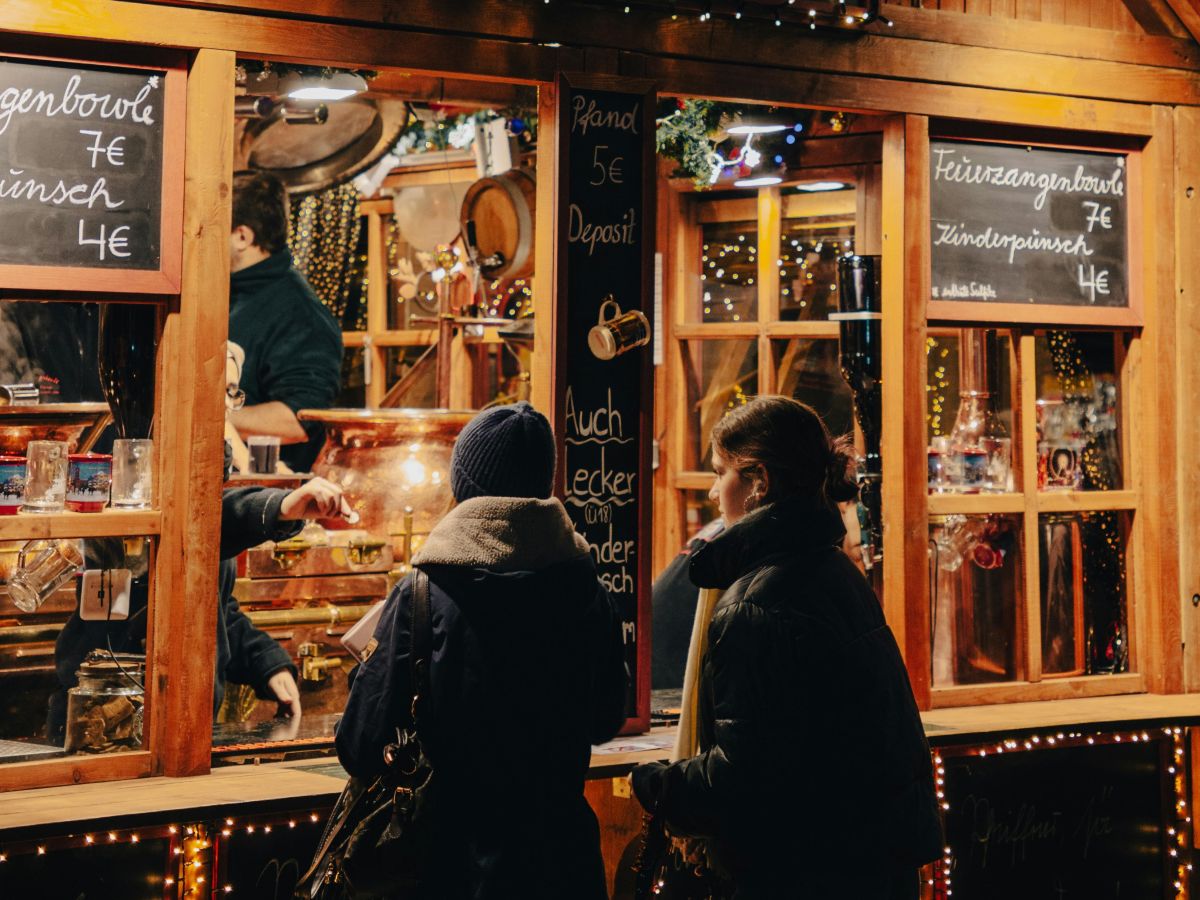Snow-capped mountains, fresh air and enjoying nature. Sounds pretty sustainable right? About a million Dutch people travel to the Alps every winter for a week of winter sports. And don't blame them: that dreary dark weather during the Dutch winter doesn't make anyone happy, does it? Only, in the green corner, winter sports are also increasingly criticised. Is the negative impact of winter sports on the earth really that great? Thegreenlist.nl looked it up for you.
A more sustainable ski holiday: we are in favour, but how?
The most sustainable thing is to never go on holiday. But hello... Sometimes you just want to get away from it all, especially during the dark winter months. Right you are! Winter sports may not be the most sustainable holiday choice, but is it really that bad? First, let's take a look at how a winter sports holiday affects the planet. For the sake of clarity, we will first look at the impact on the climate, i.e. the CO2 emissions caused by a skiing holiday. In addition, winter sports also affect nature, just think about the construction of ski runs, ski lifts, snow cannons, piste bullying and even PFAS is an issue. We are going to explain it all to you and also help you get started on how to enjoy the beautiful snowy mountains in a more sustainable way.


I have lived in the Austrian Alps for ten years and, partly due to my work as a ski instructor, I have covered quite a few piste kilometres. Since I am aware of the negative consequences, I have been trying to enjoy winter sports in a more sustainable way.
Negative impact on climate due to winter sports
Okay a winter sports holiday is not free of CO2 emissions, but no holiday is. On this handy website from Milieu Centraal you can calculate the CO2 emissions of a holiday. To give you an idea of the climate impact of a skiing holiday, we have briefly compared a few types of holidays. In all examples, we assume you have a petrol or diesel car:
- The total emissions from a winter sports holiday by car to Tyrol, Austria with 4 people for 7 nights is about 1,320 kilos of CO2. To give you an idea, this is about as much as showering for 8 minutes 1,770 times. Of this, about 1/3 is caused by the journey, 1/3 by the stay and 1/3 by the activities during the winter sports holiday.
- The total emissions of a city trip by car to Rome, Italy with 4 people for 7 nights is about 1,360 kilos of CO2. By plane, total emissions would be about 2,310 kilos of CO2.
- The total emissions of a family holiday by car to Texel, Netherlands with 4 people for 7 nights is about 600 kilos of CO2.
- The total emissions from a sun holiday by plane to Bali, Indonesia with 4 people for 7 nights is about 12,840 kilograms of CO2.
As you can see, there are more sustainable holidays than ski holidays, only this is not only because of the winter sports activities, but for the most part because of the transport and accommodation. So let's first take a look at whether your winter sports holiday's transport and accommodation can be more sustainable.
More sustainable ski holidays: transport to the ski resort
Most people travel to winter sports in a petrol or diesel car and this already accounts for a large part of the negative impact. We assume you already know that travelling by plane emits much more CO2 in most cases. Travelling by electric car emits much less CO2, but not everyone has an electric car at their disposal just like that. Fortunately, there are other sustainable options for getting to your winter sports destination: how about a relaxing train journey or bus trip? And that is not a crazy choice, because those winter sports destinations in particular are pretty well accessible by train and certainly by bus. During the winter season, there are often good offers that get you to your destination without a stopover. If you do opt for the car, share it with as many other people as possible. You can also avoid a lot of CO2 by going on winter sports once a little longer instead of a few short ones.
You can also emit less CO2 during your winter holidays by choosing to leave the car at home and use the footpath or public transport. Many ski resorts have free ski buses and there are even ski villages where cars are not (or only limited) allowed. Some examples include the Alpine Pearls.


Taking the train or a group bus to your winter sports destination are both sustainable modes of transport.
Accommodation in the ski resort also determines whether your winter sports are sustainable
The most durable accommodation is a tent, but this seems a bit cold to us during the winter season. What hardly anyone thinks about, but what is a possibility, is taking the caravan or motorhome to winter sports. Yes, there really are people who do this and there are even special winter campsites in ski resorts. If you do want a bit more luxury, we can totally understand. Fortunately, there are plenty of other options for more sustainable accommodation. In this article, you can read how to find those truly sustainable locations picks out and how to spot greenwashing.
Negative impact of winter sports on nature
To look at the whole picture, we not only want to know how a skiing holiday affects the climate, but also nature. Before we can ski down such a wonderful slope, a lot of nature had to give way, and even during the winter sports season, the many winter sportsmen and women put a great strain on local flora and fauna.
Those beautiful slopes don't happen by themselves
Locals used to just ski down the mountains as they are, but these days we prefer the widest and smoothest slopes possible. This comes at the expense of nature and a lot of trees often have to give way. We don't want to walk uphill either, so lifts have to be built (energy guzzlers - I'll get to that), which are sometimes even heated so we don't get cold. And as temperatures rise in the Alps, most ski resorts today use hundreds and sometimes thousands of snow cannons to ensure that skiing is possible throughout the winter season. And then we drive en masse to the Alps during the high season to ski down the slopes by the hundreds, where the snow is then smoothed out again with a diesel-guzzling piste bully in the evening. Although the latter could improve in the coming years, as there has recently been a fully electric piste bully on the market.
Even after the winter sports season, nature is still disrupted
Artificial snow, found in almost every ski area, has a different consistency and creates more pressure on the ground. Artificial snow also stays longer than natural snow. This not only affects the soil, but also causes more water to flow into the valley in spring than would otherwise have been the case. In some cases, chemicals are added to artificial snow, which thus also enter the cycle. Read more about artificial snow in this article. And how about the PFAS that land in nature through ski wax? Yes you read it right, those forever chemicals that are so much talked about now are often under your skis too, landing in nature. Fortunately, you can also choose ski wax in a more sustainable way: read more about it in this article. Unfortunately, all skis and snowboards nowadays have a plastic layer on the underside, which also releases microplastics into nature. In Belgium, a ski that is fully circular, recyclable, non-toxic and requires no waxing. Let's hope these skis hit the market soon.
Everything we do affects nature
Before you immediately dislike all the people who go on winter sports and decide never to do so again yourself, I do want to make one comment: for many of our hobbies or daily activities, nature had to give way. How about the construction of a sports hall, football pitch or skating rink? For these, nature also had to give way and this also affects everything, to a greater or lesser extent, on the planet.



There are also more sustainable winter sports activities than skiing or snowboarding, such as cross-country skiing (left), ski touring (top right) or snowshoeing (bottom left).
More sustainable winter sports activities
Besides the impact on nature, ski lifts and snow cannons just use a lot of energy. The only consolation is that this is increasingly green energy. Many areas in the Alps have power from hydropower, and solar energy is also increasingly used. You could deliberately look for an area without snow cannons, only these are becoming rarer and rarer and the chances of you being able to ski there are also decreasing. Fortunately, you can also enjoy the beautiful mountains without skiing or snowboarding. How about a winter hike, with or without snowshoes? You can usually just rent those at the local ski rental.
Are you lucky and in the mountains with a good amount of snow? Then there are more sustainable alternatives to skiing and snowboarding that don't require a ski lift. How about cross-country skiing? That is really not just for seniors, you are wonderfully active and can enjoy the beautiful nature in peace and quiet. Or how about ski touring? For this, you can hire special skis under which you can put a riser sheet so you can walk up with it. You then first walk up the mountain with your skis: this can be done at the edge of the piste, but also in the middle of nature. In the latter case, however, it is advisable to go with a guide because of the danger of avalanches. After you have walked up with the skis, you take off the risers and can ski down. So tour skiing is only suitable if you can already ski well.
Winter sports equipment does not have to be new
Would you like to go on winter sports and need gear for this? Then it is a good idea to rent, borrow or buy it second-hand. After all, the stuff we buy also has a big negative impact on the earth. Maybe you can borrow clothes or equipment from friends or family, and if not, there is also plenty of second-hand supply. There is a ski rental in almost every ski village. This way, you don't have to worry about transporting and maintaining equipment and you always have the most modern winter sports equipment.
Are you opting for sustainable winter sports?
Do you love winter sports and really can't live without them? We feel you. Winter sports are not the most sustainable holidays, but there are plenty of ways to make them a lot more sustainable. Much of the impact on the planet is in transport and accommodation, and you do have a say in that. You can also choose to look for activities during winter sports that have less impact on nature and borrow, rent or buy second-hand the gear you need. We wish you lots of snow fun. Everything starts with awareness, so we hope we've helped you a little with this article.
More sustainable tips from thegreenlist.nl
- The electric car reduces CO2 emissions, but what about the battery? Read all about cobalt in this article.
- Want to offset the CO2 emissions from your (winter sports) holiday? Then read where to go here.
- Choose your summer holidays more sustainably: how about a special camping or glamping in the Netherlands?
- Along Europe's coasts, more and more land is disappearing into the sea. Where does this happen and how does it happen?
Sources: Milieu Centraal, eos science, Sustainable Family, Nature & Environment, Utopia, Het Parool. Photo credits: main image: Photomix Company (Pexels). Skier: Kirsten Marit Schoner, ski area: Michal Knotek (Pexels). Train station: Frans van Heerden (Pexels), bus: Rafelia Kurniawan (Unsplash). Cross-country skiing: Phillip Belena (Unsplash), ski touring: Flo Maderebner (Pexels), snowshoeing: Alain Wong (Unsplash).












